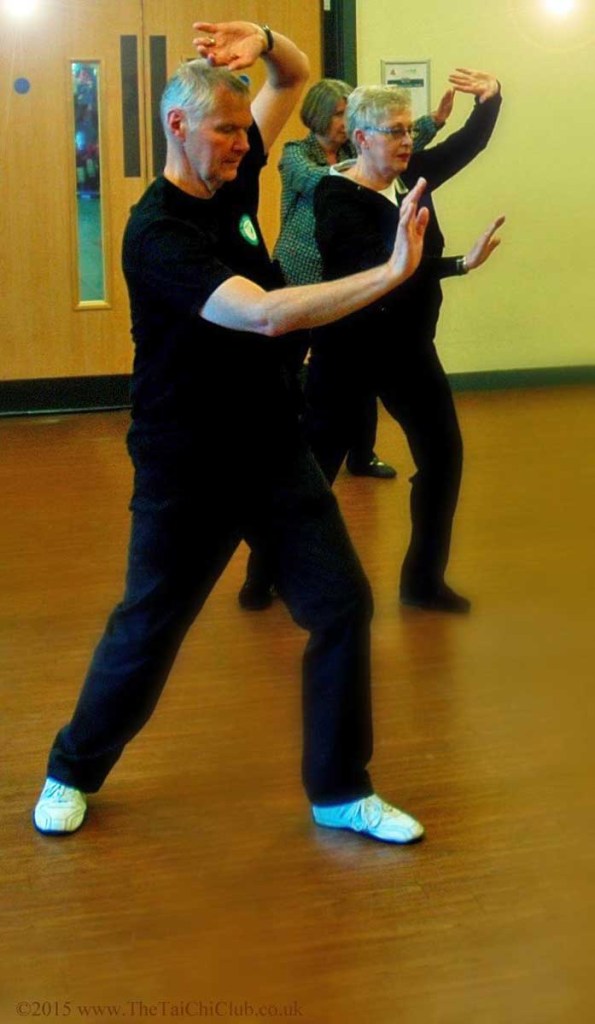Tai chi may balance wobbly drivers, study says
Published 8:00 am Saturday, March 26, 2016

- Tai chi may balance wobbly drivers, study says
Often when an elderly person dies, the obituary notes that death resulted from “complications of a fall.” Now, the imbalance that causes older people to fall has been linked to another consequence: car crashes.
One solution? Take tai chi.
Older people who have fallen have about a 40 percent greater risk of getting into an automobile crash than those who have not, according to a study of existing research by the AAA Foundation for Traffic Safety.
Just why isn’t entirely clear, but one way to avoid chronic falling is to work at maintaining balance through exercise. Though the study mentions tai chi, a martial art that emphasizes balanced movement, almost any regular form of balancing exercise that gets people out of the sedentary mode will help.
Among the best: Practice balancing on one leg until you’re capable of doing it with your eyes closed.
“That’s something you should do your whole life. You need to have a balance routine in your programming that includes eliminating the view from your eyes,” said Brenda Shaeffer, a physical therapist with a doctorate from Simmons College in Boston.
The foundation’s research drew its conclusions from a series of related studies on falls and police accident reports. The research adjusted for some of the maladies of aging – losses in muscle, vision and cognitive ability – and concluded that the fall itself may affect a driver’s functional abilities and increase risk.
“Drivers age 60 and older are involved in more than 400,000 crashes each year,” said Peter Kissinger, the foundation’s president. “This research is critical because it shows that we can now use an older driver’s fall history to identify if they are at greater risk for a crash.”
The U.S. population of people 65 years of age or older was 44.7 million in 2013 and is projected to grow to 98 million by 2060.
When older people limit or eliminate driving, they often become housebound unless they have access to public transportation. The study says that when people go into “driving retirement,” it may lead to depression or earlier institutionalization.
“Falls often scare people into being less active, but decreasing physical activity can weaken muscles and coordination and make someone more likely to be in a crash, “said Jake Nelson, director of traffic safety and advocacy for AAA. “Older drivers should find activities that enhance balance, strengthen muscles and promote flexibility.”
He suggested a driver-improvement course or a fitness program.
The AAA study said older people should view falls as an early indicator of declining physical fitness. Shaeffer says there is more to it than that.
“Strength is not the issue,” she said from her office in Annapolis. “Understand the role your eyes play in eliminating the risk of falling. The vision piece is actually huge on how your muscles react.”
Shaeffer says the brain gets about 80 percent of its information on which muscles should be used from the eyes.
“Your peripheral vision changes as you get older. Even the amount of light you take in changes, and you keep re-referencing what that means,” she said. “Dim light can create falls. Dim light creates lower reaction time to correct balance.”
The AAA study says that cataract surgery has been show to reduce falls and auto crashes. Shaeffer agrees, but points to a difficult transition period during the surgery process.
“Cataracts are really terrible because people only get one cataract fixed at a time,” she said, “so if you have been using your left eye because you can’t see out of your right eye, and you go and get your cataract fixed on the right, now your good eye is your right, but you’ve been telling your body to look out of your left and everything’s twisted.”





